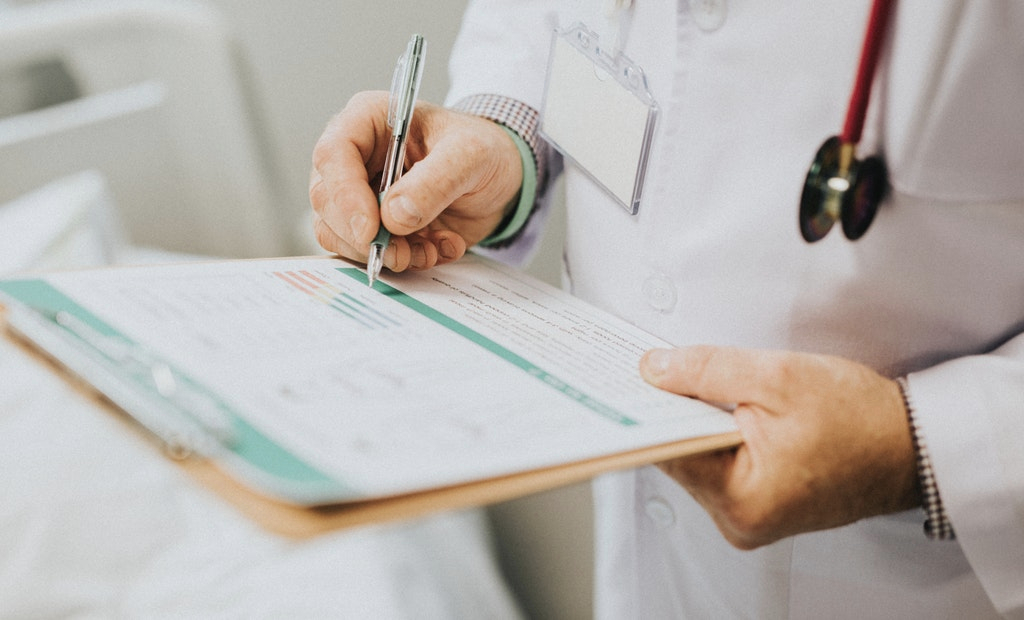Important things to know about testosterone therapy

Beginning at age 30, men’s testosterone levels begin to drop. For anyone who is concerned about low testosterone or who has been diagnosed by a doctor with the condition, testosterone replacement therapy (TRT) may help gain back the confidence lost by restoring the hormone levels back to normal.
Thankfully, the advancement of modern medicine has helped doctors find new treatment options and therapeutic hormone balancing can decrease the speed at which hormones drop, allowing relief from symptoms and experience an overall better quality of life.
What are the main symptoms of low testosterone?
Men rely on testosterone to maintain health and vitality. But what happens when the levels are low?
Symptoms of low testosterone can include decreased sex drive, erectile dysfunction, depression and fatigue. In severe cases, low testosterone can even lead to osteoporosis and an increased risk of heart attack or stroke.
The most common signs of low testosterone are
- Erectile dysfunction
- Low libido
- Decreased energy
- Mood swings
- Loss of muscle
- Weight gain
- Poor memory
- Sleep disorders
How does a doctor diagnose low testosterone (T)?
A doctor can easily diagnose low T with a simple blood test and physical exam, this usually doesn’t take too long. Then the results are in, a doctor will work to develop a treatment plan that is personalised to fit the patient’s needs.
What’s the treatment process?
Testosterone replacement therapy is a treatment that can help improve the quality of life of someone experiencing low testosterone levels. It has been shown to provide a number of benefits, including increased muscle mass, improved libido and reduced fatigue.
Because it is only available with a prescription, a prescription will be needed from a doctor. After that, it’s possible to get your TRT online – the most important thing at this stage is to get it from a reliable source.
During the therapy, patients will receive an intramuscular injection in the glute (the upper buttocks). This is a safe and effective procedure that uses testosterone cypionate to restore hormones to healthier levels. The doctor will even show how to self-administer a testosterone injection in a safe and easy way, so there’s no need to come to the clinic for every administration.
After that, patients will be continuously monitored for health and progress through more lab work and additional brief visits. The dosage will be closely supervised by a physician to ensure that the levels are correct for their needs. If necessary, the dosage may be adjusted.
For someone considering testosterone replacement therapy, it is important to understand the risks and benefits associated with the treatment. A doctor should be consulted to help determine whether testosterone therapy is the right course of action.
What results to expect?
Men may be interested in learning about the benefits of testosterone therapy for low testosterone levels. Many receive life-changing results when using the therapy, and most begin to experience relief from their symptoms after one month, once their hormone levels are restored.
They begin to experience:
- Restored sex drive
- Increased energy and stamina
- Increased muscle mass and bone density
- Vast reduction of erectile dysfunction symptoms
- Elevated moods and lessened feelings of depression
Possible side effects of TRT
As with any form of medical treatment, there are risks of side effects with testosterone therapy.
These include
- Enlarged prostate
- Infertility
- Smaller testicles
- Foot and ankle swelling
- Increased red blood cell count
- Breast soreness and swelling
- Acne
For those eligible for treatment with TRT, their physician will carefully monitor red blood cell counts, testosterone levels and prostate issues.
What are the long-term effects?
The long-term use of testosterone therapy has yet to be extensively studied. Some studies suggest that TRT increases the risk of heart attack in men, while others show that TRT may decrease the risk of heart-related complications.
A recent study found no evidence that short- or medium-term testosterone therapy causes any cardiovascular risks in men with low T levels.
Though there needs to be more research done, it has been concluded that testosterone hormone therapy has no effect on prostate cancer risk compared to men who do not take TRT.
While there are many positive effects from the use of TRT in men with low T, there are still many things unknown about it. That is why it is important to use it under the care of a trained physician.
Who shouldn’t have testosterone therapy?
Men with a history of elevated red blood cell count, sleep apnea and heart problems who are not receiving treatment are cautioned to avoid TRT, as testosterone could increase the likelihood of complications with these issues.
Men with prostate cancer should also be careful about the use of testosterone replacement therapy for the same reasons. Also, men who would like to or plan on having children in the future should avoid this treatment, as it decreases sperm count and fertility.
Taking TRT for non-medical reasons is highly discouraged. Men with normal levels are also strongly discouraged from using these treatments as they do not have any effect.
The editorial unit
The material contained in this article is of the nature of general comment only and does not give advice on medical or any particular matter. Recipients should not act on the basis of this article’s information without taking appropriate advice from a healthcare professional.


















Facebook
Twitter
Instagram
YouTube
RSS